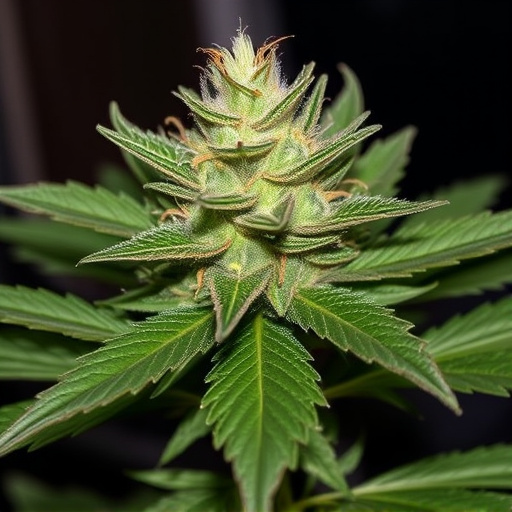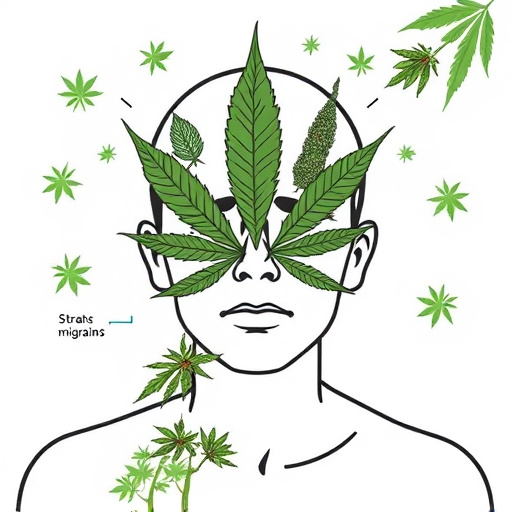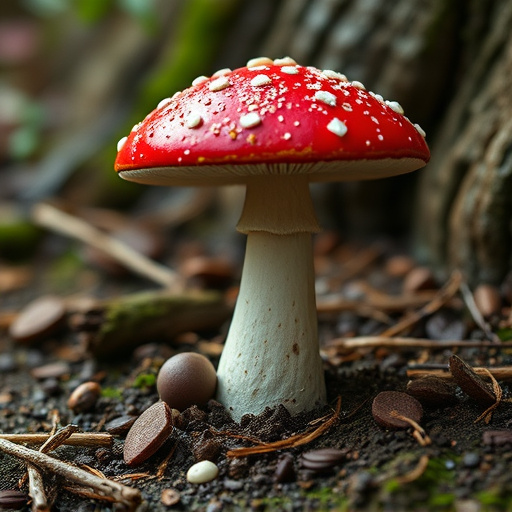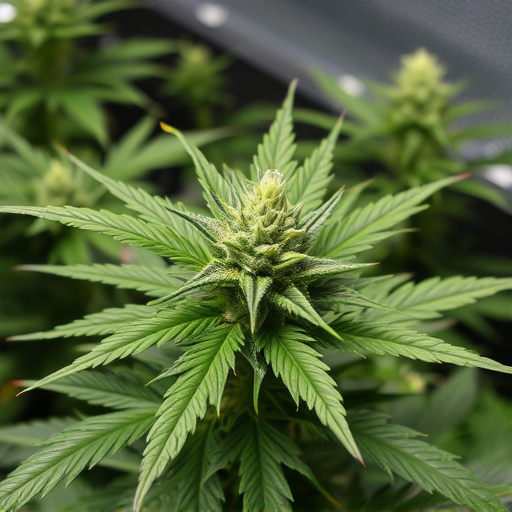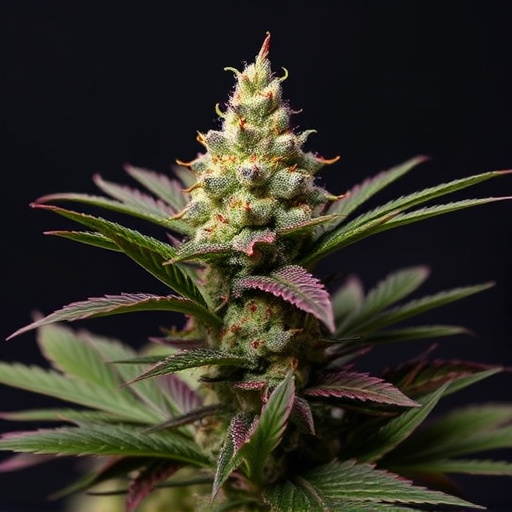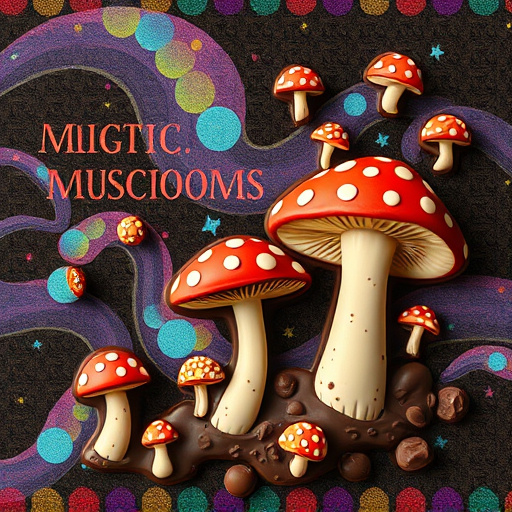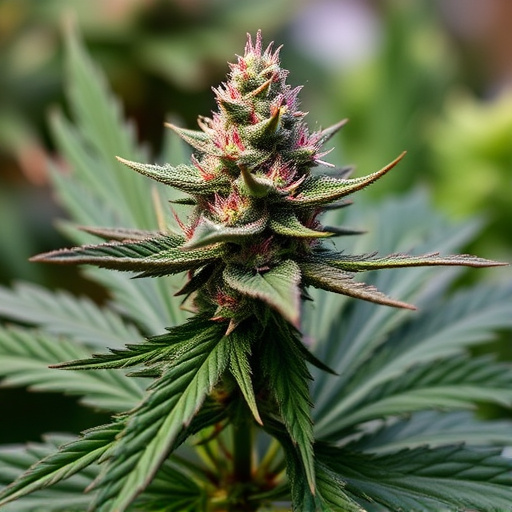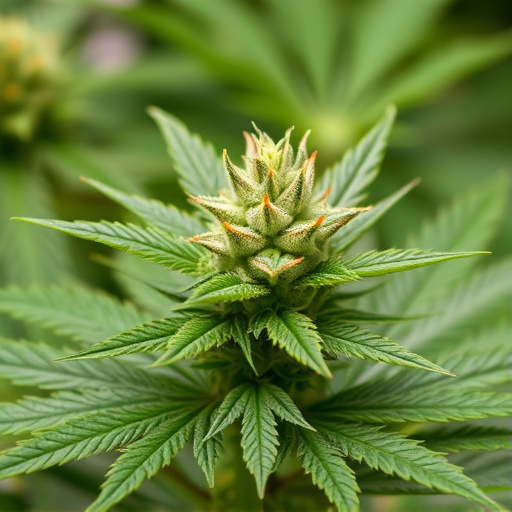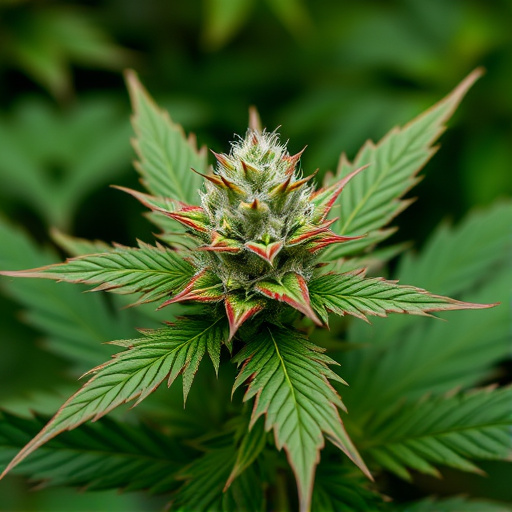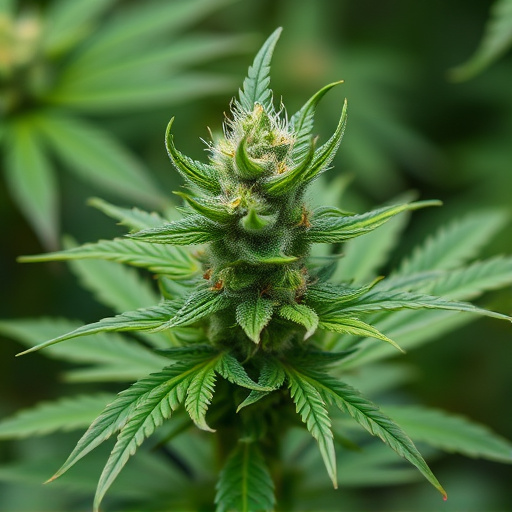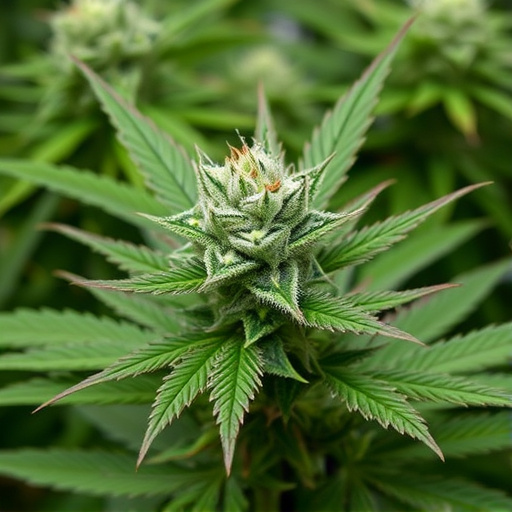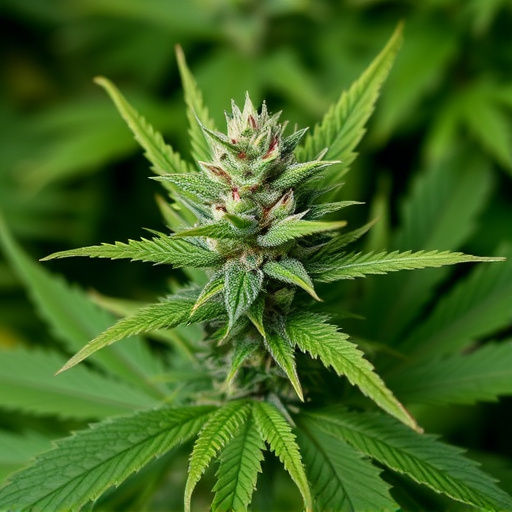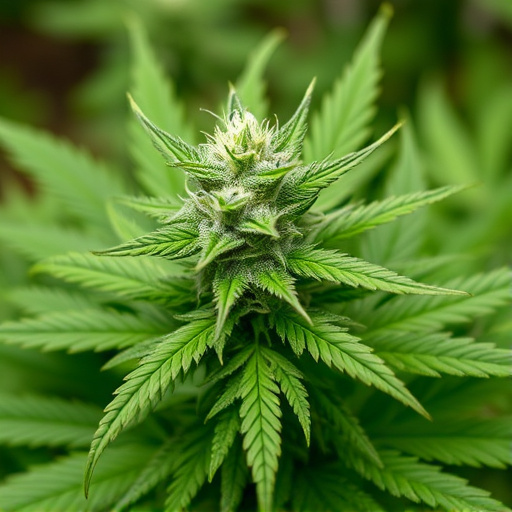Cannabis aromas are shaped by terpenes, aromatic compounds that interact with cannabinoids like THC and CBD, creating unique scents and potentially enhancing therapeutic effects. Specific terpenes found in ADHD-friendly strains, such as limonene and linalool, offer distinct citrusy or floral notes. Understanding these interactions is crucial for both cannabis users seeking symptom management and researchers exploring its potential as an ADHD treatment.
The captivating aroma of cannabis is a complex interplay of chemical compounds, genetic diversity, and environmental influences. This article delves into the intricate factors shaping the diverse scents of cannabis, from the crucial role of terpenes and cannabinoids to the impact of strain genetics and cultivation practices. Understanding these elements is key for both cultivators aiming to enhance specific aromas and users seeking cannabis strains beneficial for conditions like ADHD, where scent can significantly impact therapeutic experiences.
- Chemical Compounds Shaping Cannabis Aroma
- – Terpenes and their role in scent creation
- – Cannabinoids' contribution to aroma profiles
Chemical Compounds Shaping Cannabis Aroma

Cannabis aroma is a complex interplay of various chemical compounds, each contributing its unique scent profile. Terpenes, aromatic chemicals produced by plants, play a significant role in shaping cannabis strains for ADHD and other conditions. These volatile compounds are responsible for the distinctive odors we associate with different cannabis varieties. Myrcene, for instance, offers earthy and fruity notes, while limonene provides citrusy and uplifting aromas.
The combination and concentration of terpenes, coupled with cannabinoids like THC and CBD, create the diverse scents and effects experienced by users. Research suggests that specific terpene profiles can enhance or alter the therapeutic benefits of cannabis, making understanding these chemical compounds crucial for those seeking relief from conditions like ADHD through cannabis-based treatments.
– Terpenes and their role in scent creation
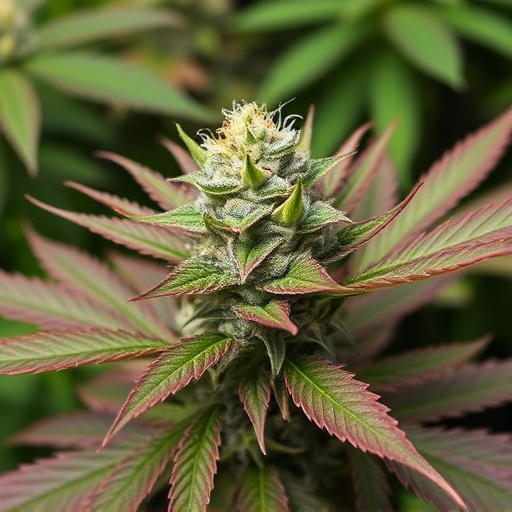
Cannabis aroma is a complex interplay of various chemical compounds, but terpenes play a pivotal role in scent creation. These aromatic compounds are responsible for the unique and diverse fragrances associated with different cannabis strains. Terpenes not only contribute to the pleasant scents we associate with cannabis but also offer potential therapeutic benefits, making them particularly relevant when exploring cannabis strains for ADHD management.
Each terpene has its own distinct chemical structure and scent profile, ranging from citrusy and floral notes to earthy and pine-like aromas. When combined in various proportions, these terpenes create the intricate fragrances we experience in different cannabis varieties. Studies suggest that specific terpenes may interact with cannabinoids like THC and CBD, potentially enhancing or modulating their effects, which is an area of growing interest for researchers investigating cannabis strains for ADHD treatment options.
– Cannabinoids' contribution to aroma profiles
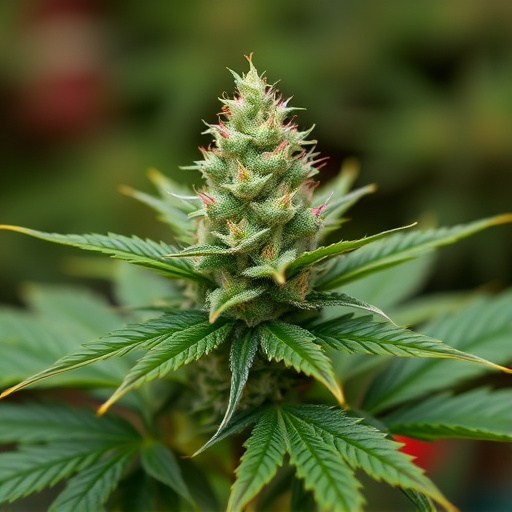
Cannabis aromas are a complex blend, but at the heart of this lie cannabinoids—the chemical compounds responsible for both the plant’s scent and its therapeutic effects. These cannabinoids, such as THC and CBD, play a pivotal role in shaping the aroma profiles of different cannabis strains. For instance, certain terpenes often found in cannabis strains known to be beneficial for ADHD due to their potential mood-enhancing properties, like limonene and linalool, can add fresh, citrusy or floral notes to the overall scent.
Each cannabinoid interacts with specific receptors in our noses, triggering sensory responses that interpret these interactions as particular smells. This interaction dynamic results in a vast array of aroma profiles, from sweet and fruity to spicy and earthy. Understanding how cannabinoids contribute to these scents is crucial for both cannabis enthusiasts looking to manage ADHD symptoms through targeted strains and researchers exploring the plant’s potential therapeutic benefits further.
The unique aromas associated with cannabis strains, particularly those beneficial for managing ADHD symptoms, are a complex interplay of chemical compounds. Terpenes, with their diverse scents, play a pivotal role in shaping the overall fragrance. Cannabinoids, such as THC and CBD, also contribute significantly to these aroma profiles, offering therapeutic benefits. Understanding these chemical components is key to selecting cannabis strains tailored for specific needs, including those seeking relief from ADHD-related symptoms through natural means.
